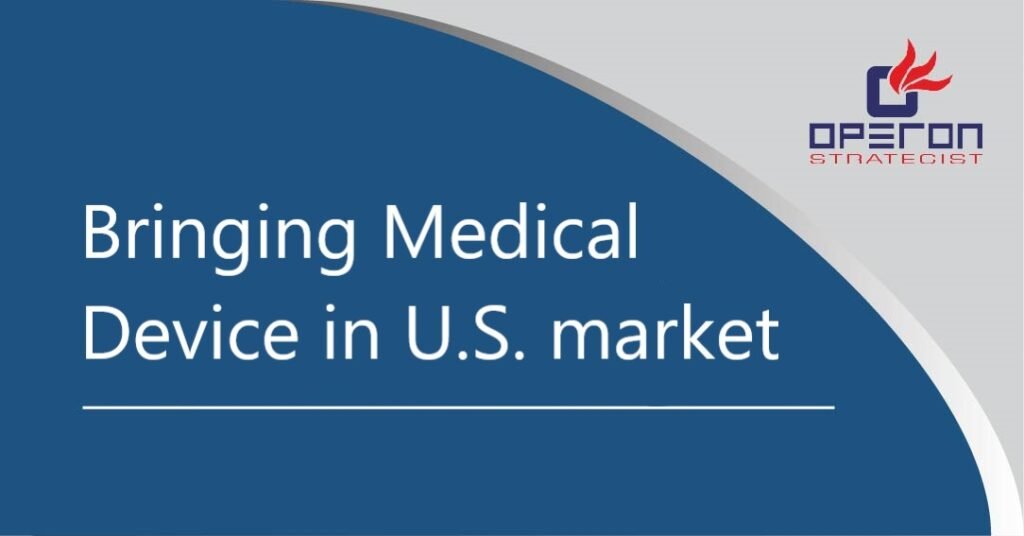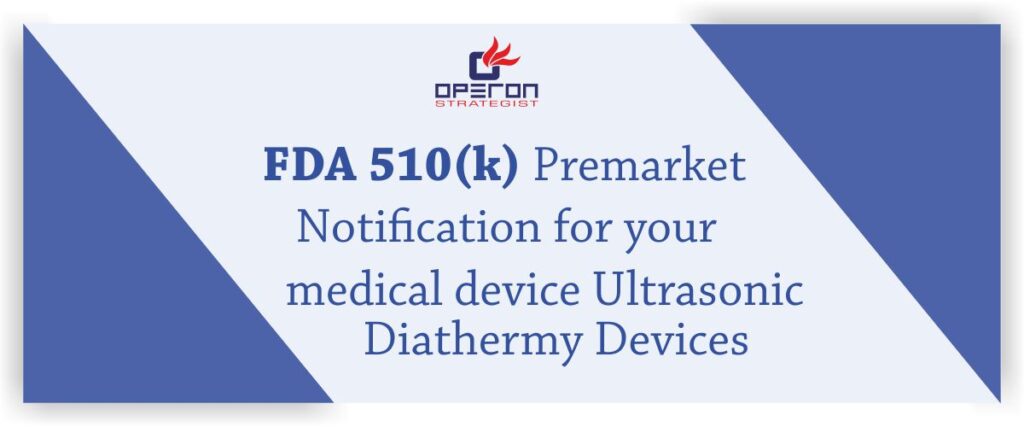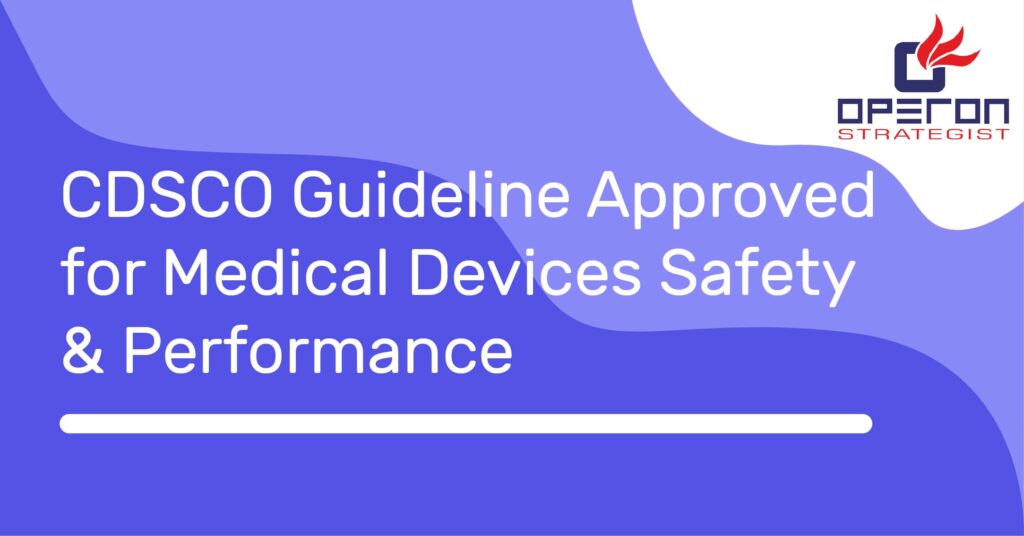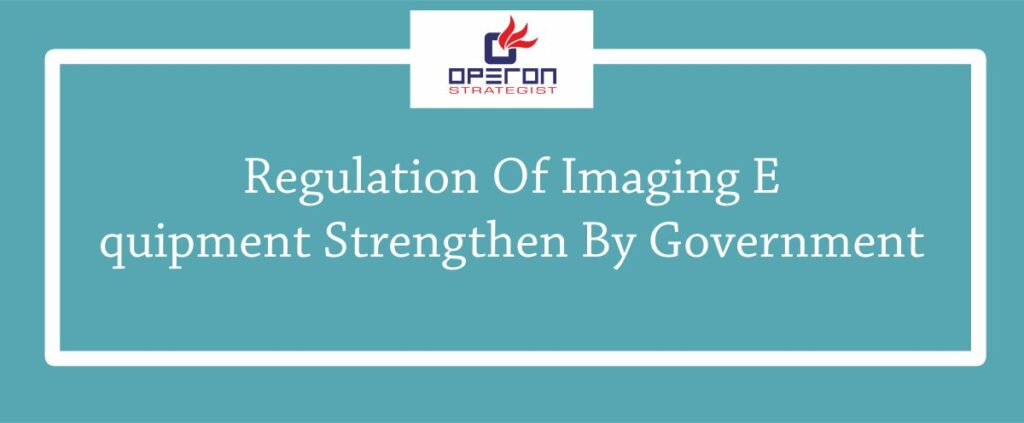In the recent years medical device industry has experienced tremendous innovation and growth of more than 200 million medical devices in use worldwide. For those who seeks to bring medical device in U.S Market, this expansion also comes with pronounced risks and challenges, particularly on the legal front.
For bringing medical device in U.S market can be complex process, which requires an understanding of FDA requirements and processes. There are various factors required to be considered which includes medical device classification, Premarket document preparation and submission to the food drug administration. Being familiar with the process and ever-changing guidance from the FDA, can help companies to get devices to market more easily and effectively.
The process for bringing medical device in U.S market:
Below steps need to follow as per FDA guidance and Regulation.
A] Determining US Classification:
The Food and Drug Administration (FDA) has a control over medical device regulations in the US – specifically, Branch of FDA called the Centre for Devices & Radiological Health (CDRH) has assigns medical devices to one of three classes:
- Class I (low to moderate risk): General controls
- Class II (moderate to high risk): General controls and special controls
- Class III (high risk): General controls and premarket approval (PMA)
The Medical Device classification will decide type of submission required for clearance, so it is important to have a clear idea of your device class. Device classification has major impact on project timeline and cost.
Most Class I devices are exempt from premarket submission, however there are a few that still do require a 510(k).
Most Class II devices, with a few exemptions, will need 510(k) submission and clearance from the FDA before marketing the device. You will need to show substantial equivalence with “predicate device.” As a FDA 510(k) clearance consultant we are guiding our clients in making dossier for the submission.
Class III devices, will need premarket approval application (PMA). For that companies need to complete a clinical trial. This data will be used by FDA to determine device safety and effectiveness.
One additional way which is gaining popularity amongst device makers is “De Novo pathway”. This is another way for obtaining market approval for Class I and II devices in the US. Only eligible devices are considered “novel” and must not listed on FDA classifications. For qualification of this pathway the device must also be considered low or moderate risk.
So how will you determine the classification of your specific device in U.S?
The FDA Product Classification Database is an excellent resource for determining device specific classification. On FDA Product Classification Database, you can search by Product codes, device name, review panels, and many more ways. The results obtained from that search will provide you with a wealth of information that will help develop a regulatory strategy that makes sense for your product.
B] Identification of correct premarket submission:
Class I: Devices are simple and with minimal risk to the user. They are subject to the general regulatory controls of medical devices and do not require any premarket submissions.
Class II: class II devices possess moderate level of risk and all of them require a premarket notification (510(k) submission) before legally marketing. Devices like pregnancy testing kits, intravenous kits, sutures, and powered wheelchairs could fall into this category. These devices are essential for health care, but their malfunction would be unlikely to cause critical harm to a patient.
Class III: These devices include implantable pacemaker, blood vessel stents, or another implanted device etc. class III devices are categorized as highest risk for patients, as any problems with the device could lead to significant adverse outcomes for the patients. Class III devices require a PMA submission before being marketed in the USA.
The purpose of a 510(k) submission is to provide the FDA with documented evidence that your medical device is substantially equivalent to a predicate device which has been already been approved for marketing by the FDA. To prove the substantial equivalency, you’ll need to compare and contrast your device with the predicate device, and while laboratory testing is a typical requirement, human testing is usually not needed for 510(k) submissions. Information from your documented Design Controls process like intended use, indications for use, design inputs, and design verification are all required for your 510(k) submission.
The FDA processes 510(k) applications in 30-90 days. There can be an extended period of back-and-forth discussions, delaying the time to actual clearance in some of the cases. In PMA standards are much higher than 510(k) submissions, and the FDA has just 180 days to accept or reject the application. PMA is more detailed than a 510(k) – it is used to prove that a new device is safe and effective for the end user and typically requires clinical trials with human participants along with laboratory testing. another option is the De Novo pathway, it is a classification process that uses a risk-based methodology for the approval of new and novel devices to be sold in the market. Companies using the De Novo pathway most of the time do not qualify for 510(k) clearance. Since companies not showing equivalence to a predicate device, they must be prepared to argue their robust risk mitigation strategy when submitting a De Novo request.
C] Prepare the premarket submission.
In order to premarket submission, it’s important to know what information must be included. Design controls, nonclinical testing, clinical evidence and labelling are all important items to consider, based on your dev ice’s classification. While working on Design Control Design and Development Planning, User Needs, Design Inputs, Design Outputs, Design Verification, Design Validation, Design Reviews, Design Changes and Design History File details should be considered on priority.
Higher risk devices, for example, require much more detailed information Risk Management. Risk planning, and Risk Assessment data with details including clinical and usability data, then lower risk devices, which may be cleared with non-clinical performance data and bench test information.
D] Submission to the FDA.
After the information is compiled, it must be submitted to the FDA for review and include an electronic copy. In the case of a 510(k) or PMA submission associated fee is required. The FDA will then conduct an administrative review to determine whether the submission is sufficiently complete. The FDA review time varies from 90-180 days, based on the device class and premarket submission type.
E] Establish registration and device listing. The next step is to register the device’s establishment and list with the FDA, after premarket approval is granted. Obtaining clearance on a 510(k) does not necessarily give you the permission to start selling your product. Companies need to register their medical device and/or facility in the different countries they had like to sell. The FDA requires companies involved in the production and distribution of medical devices to register annually with the FDA. Additionally, many countries throughout the world require registration or licensing to sell your product within their borders. Your selected distributor can be a great source for learning more about registration in different countries.
F] Post market Surveillance:
For Post marketing surveillance in the US, the FDA has established Med-Watch (The FDA Safety Information and Adverse Event Reporting Program) a web-based portal designed to facilitate PMS. On this portal medical device developers can submit reports of any failures, reported risks, non-conformance incidents which may occur during the use of the device. The FDA also carries out independent Post market Surveillance.
Bringing a medical device in U.S market is not easy task. It can be surprisingly multifaceted as well as complex for new device developers. However, by implementing a strategic plan from the start, medical device companies can eliminate a lot of stress and uncertainty from your process and increases chances for success in bringing your medical device to market. The medical device market in the United States offers great opportunity so that companies can easily navigate the many requirements and multiple-step process. Understanding the process can help during submission process as well as for bringing medical device in U.S market more effectively. As a medical device regulatory consultant, we are providing assistance to manufacturer at every step .
-
adminhttps://operonstrategist.com/author/admin-2/
-
adminhttps://operonstrategist.com/author/admin-2/
-
adminhttps://operonstrategist.com/author/admin-2/
-
adminhttps://operonstrategist.com/author/admin-2/




